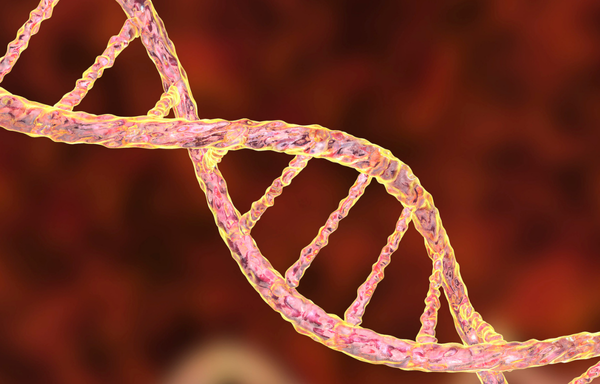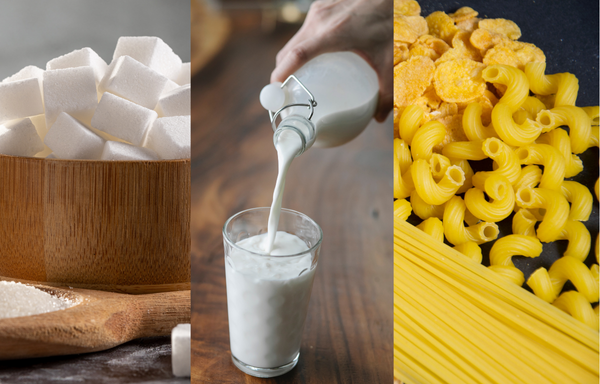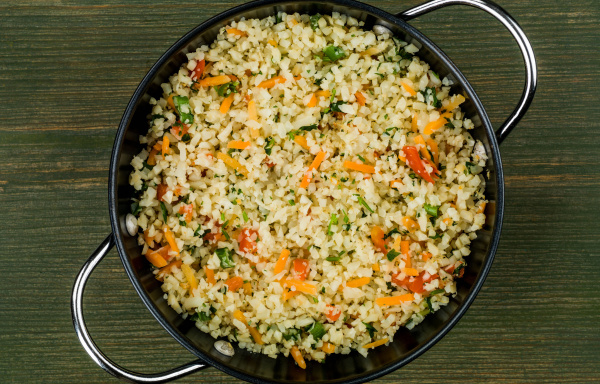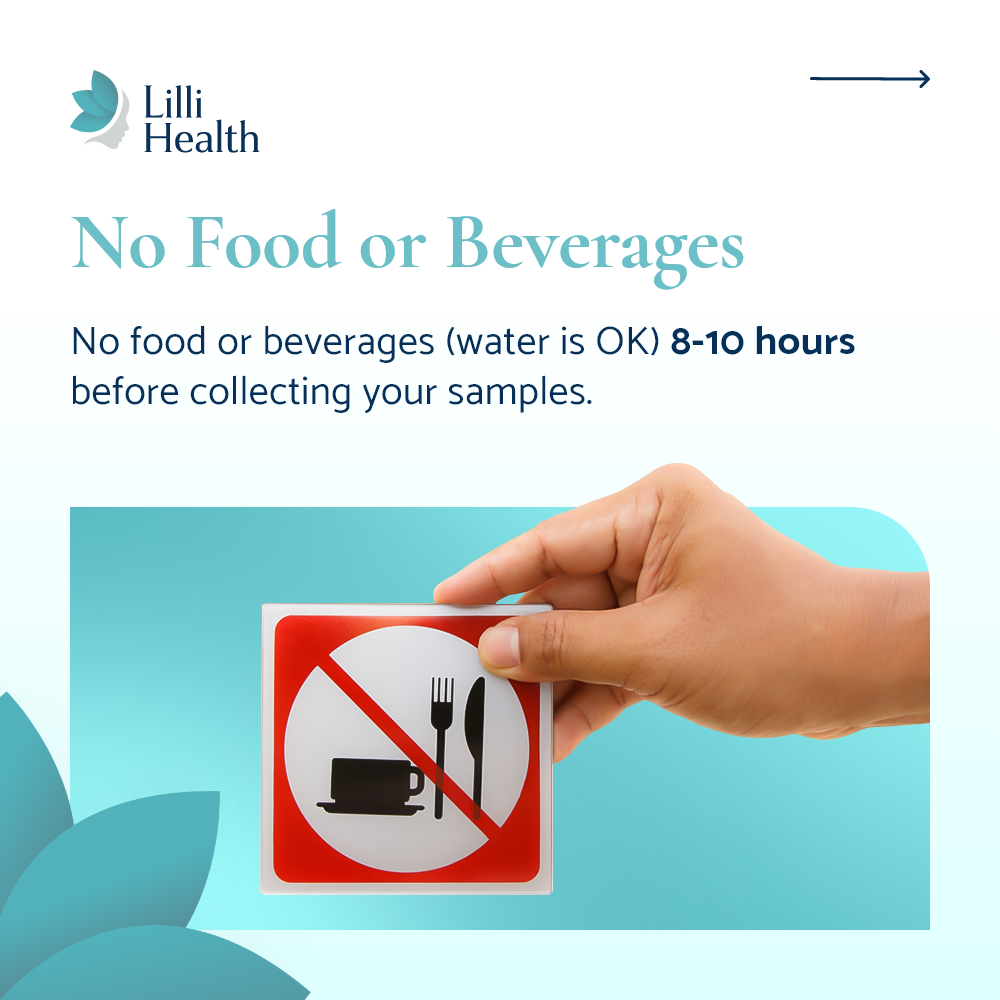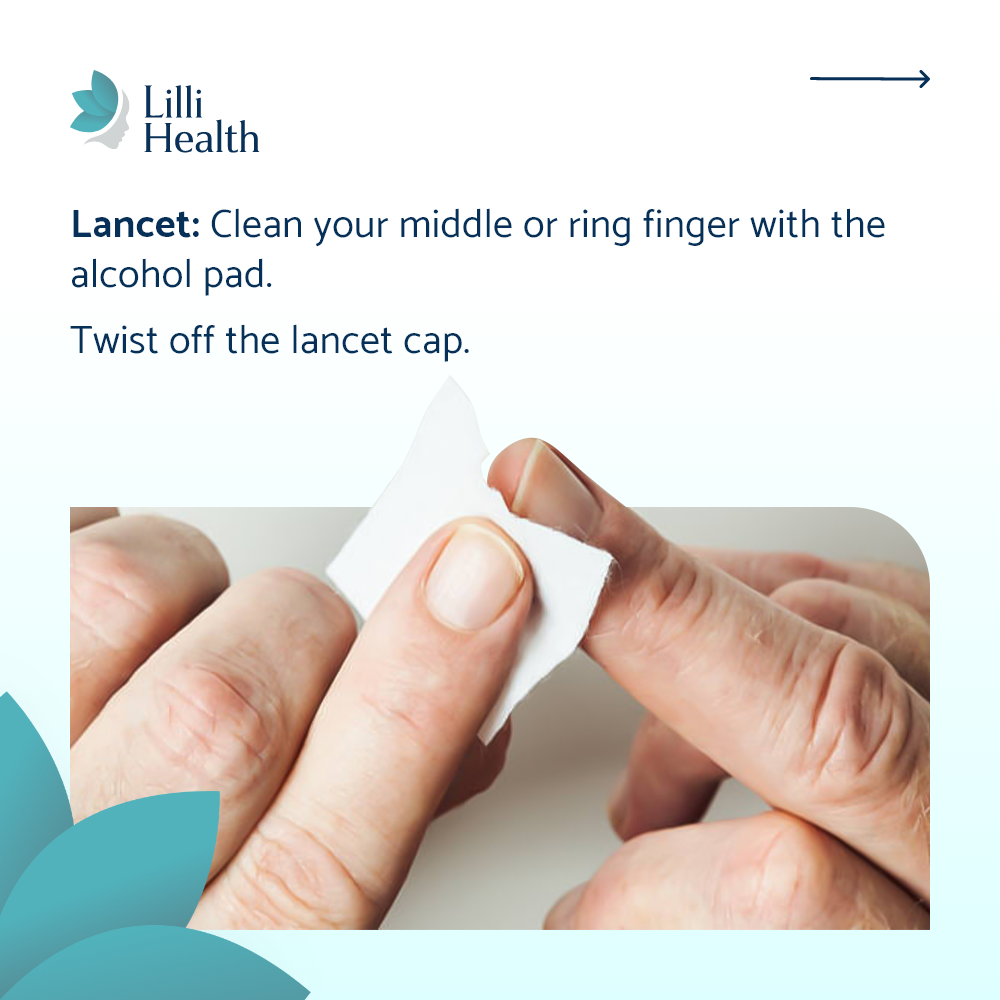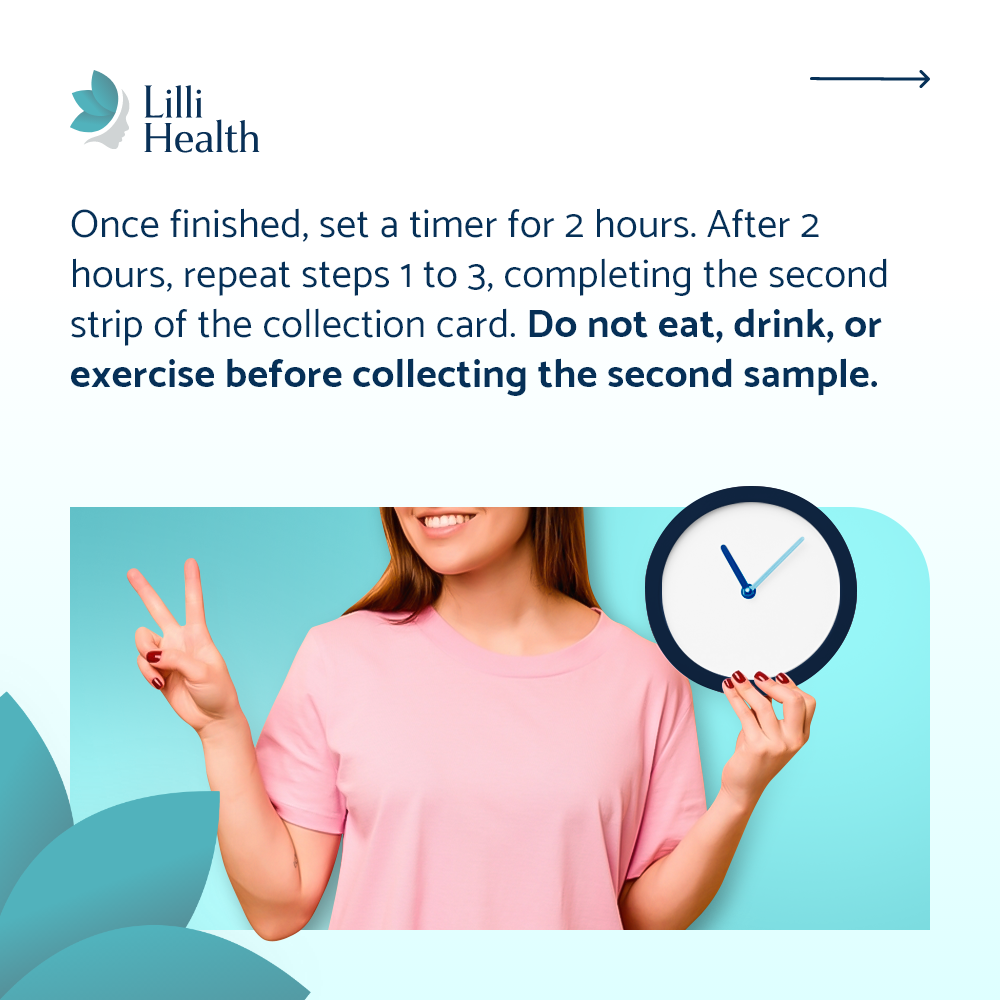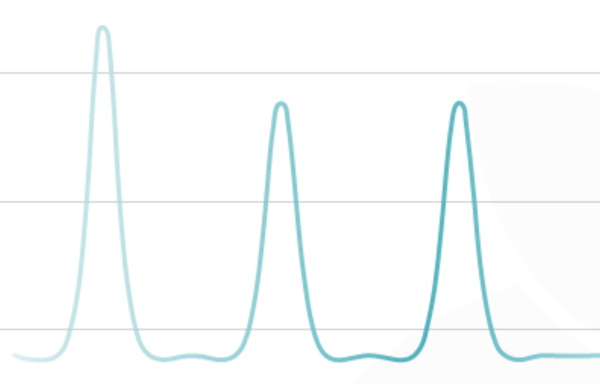

What Does It Mean to Have a Healthy Metabolism?
“Boost your metabolism” gets tossed around all the time—usually by people selling pills, powders, teas, or workouts. But let’s get clear: a healthy metabolism isn’t something you hack or stimulate.
It’s something you restore. And it starts with understanding how your body responds to one key hormone: insulin.
What Your Metabolism Is Supposed to Do
Your metabolism isn’t just about how many calories you burn.
It’s about how efficiently your body:
- Uses fuel from food
- Stores and releases body fat
- Balances blood sugar and insulin
- Switches between burning carbs and burning fat
A healthy metabolism means your body knows what to burn and when. It’s flexible. Responsive. Efficient. Calm.
What Is Metabolic Flexibility?
Metabolic flexibility means your body can switch between burning glucose (sugar) and fat for energy, depending on what’s available.
- After a meal? You burn glucose.
- Between meals and overnight? You switch to burning fat.
That’s the rhythm. That’s what your metabolism is designed to do. You probably thought everyone’s body could do that, but you’d be wrong.
If your insulin levels are high all the time, that switch never happens. You stay stuck in sugar-burning mode—and fat burning gets shut down.
What Insulin Should Do
Insulin isn’t bad—it’s essential. But like any hormone, it needs to rise and fall in rhythm.
Here’s what it looks like in a healthy, flexible metabolism:
-
Insulin rises after you eat a meal
-
Insulin falls back to baseline between meals
-
Overnight while you are sleeping and fasting, insulin stays low so your body can burn stored fat and repair tissues
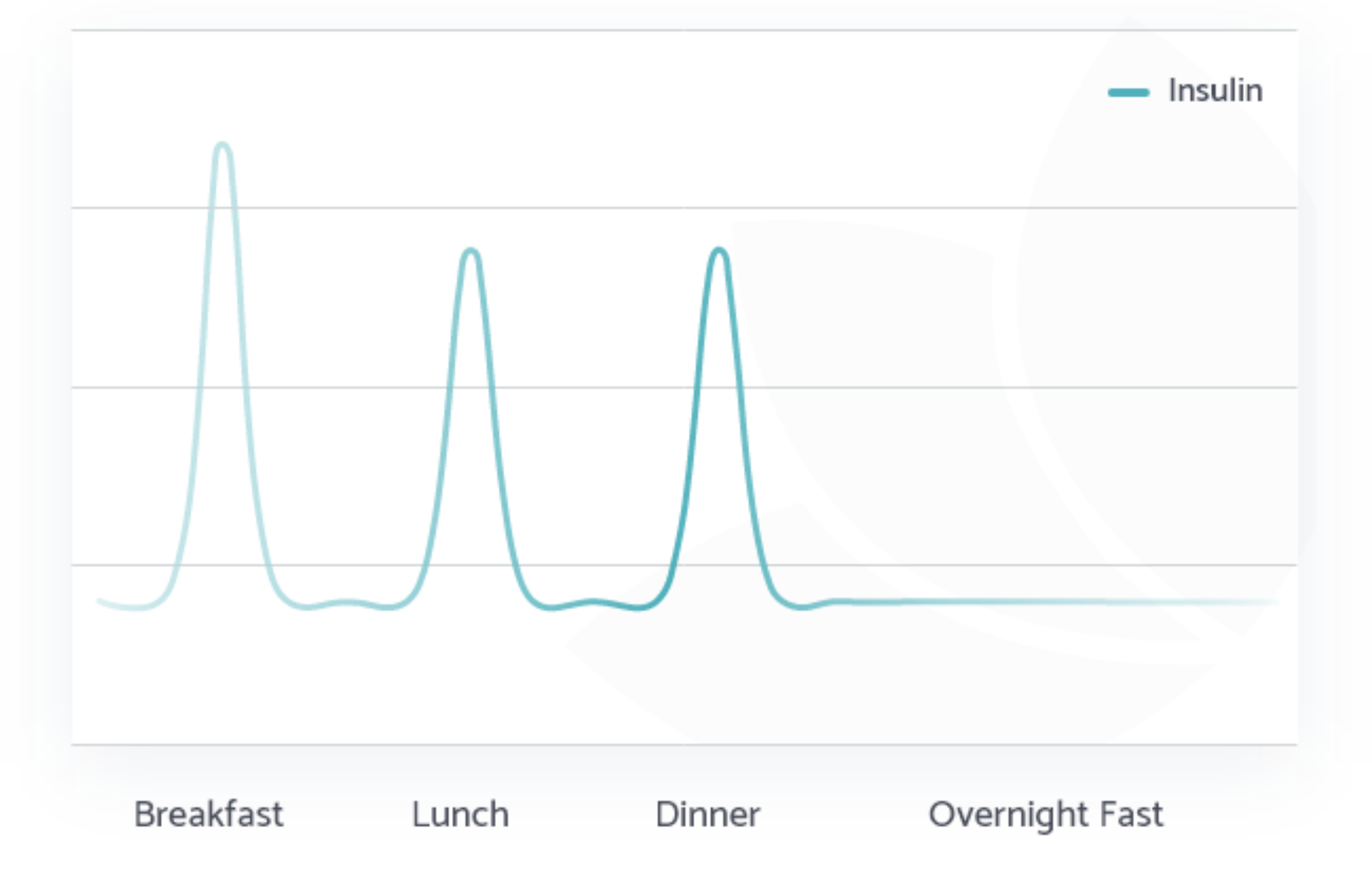
This rise-and-fall pattern is what it means to have a healthy metabolism.
What Happens When Insulin Stays High?
When your insulin levels are constantly elevated (even mildly), everything shifts:
-
Your insulin is always high, even after not eating all night while you are sleeping
-
With insulin levels constantly high, your body can’t access stored fat for energy
-
Excess insulin leads you to be always hungry, always tired, and always craving carbs

This is metabolic inflexibility.
It’s what most people are living with—without even knowing it.
How to Restore Metabolic Flexibility
You don’t need to do a juice cleanse or drink a special tea.
You need to lower insulin consistently, so your body can start burning fat again.
That means:
- Eating meals that don’t spike insulin
- Giving your body time between meals to rest and reset
- Avoiding constant snacking and grazing
- Prioritizing protein, fat, and fiber—and minimizing starch and sugar
- Getting good sleep, gentle movement, and managing stress
Bottom Line
A healthy metabolism is one that knows how to flex between fuel sources—glucose when needed, fat when it’s not. But you can’t burn fat if insulin is high all day.
By eating in a way that lets insulin rise after a meal and return to baseline between meals (and overnight), you give your metabolism the space it needs to do what it was designed to do.



